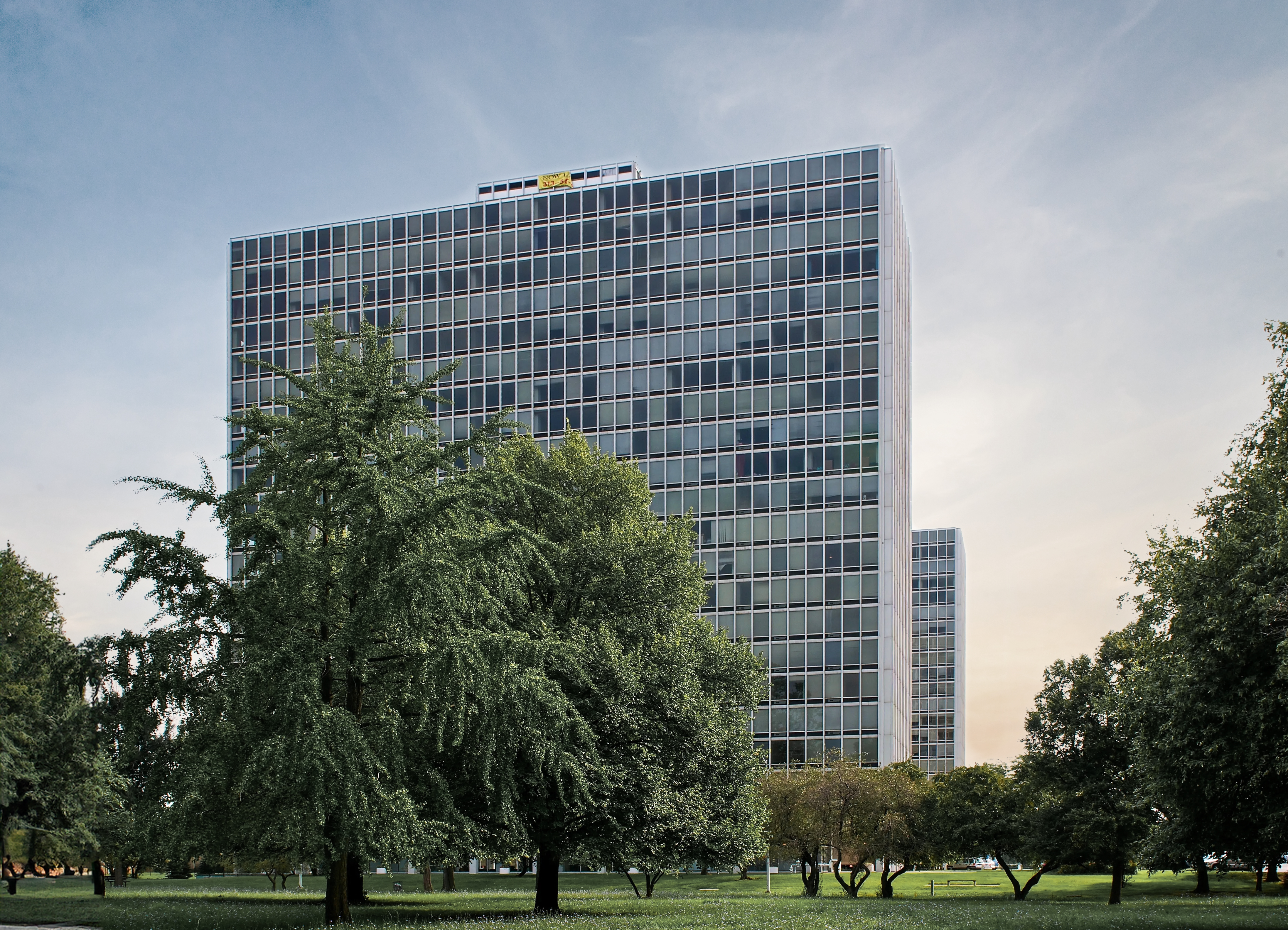The Everett McKinley Dirksen U.S. Courthouse is an International Style skyscraper designed by Mies van der Rohe, in association with Schmidt, Garden and Erikson, C. F. Murphy Associates, A. Epstein and Sons, and built between 1960 and 1964, for a reported $35.0 million dollars, in Chicago, IL.
Everett McKinley Dirksen U.S. Courthouse is not the only name you might know this building by though. It is common for companies to want to attach their names to iconic buildings when they move in, or for the general public to come up with nicknames, and this one is no exception. The Everett McKinley Dirksen U.S. Courthouse is also known, or has been known as, Dirksen Federal Building, or Dirksen Building.
Its precise street address is 219 South Dearborn Street, Chicago, IL. You can also find it on the map here.
The Dirksen Federal Building is one of the three buildings designed by Mies van der Rohe that make up the Chicago Federal Center. The other two are the United States Post Office and the Kluczynski Federal Building, all connected by the Federal Plaza.
The entire complex is organized on a 8,53m grid pattern subdivided into six 1,42m modules. This pattern extends from the granite-paved plaza into the ground-floor lobbies of the complex towers, where the floors and elevator walls are also granite. The lines of the grid continue vertically up the buildings.
The building has been restored 3 times over the years to ensure its conservation and adaptation to the pass of time. The main restoration works happened in 1990, 2013 and 2013.













